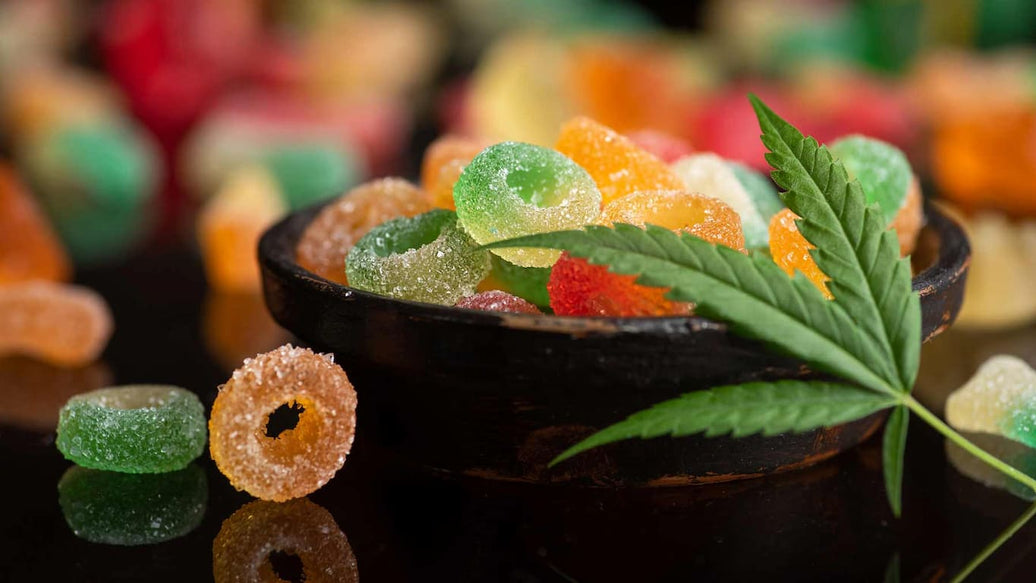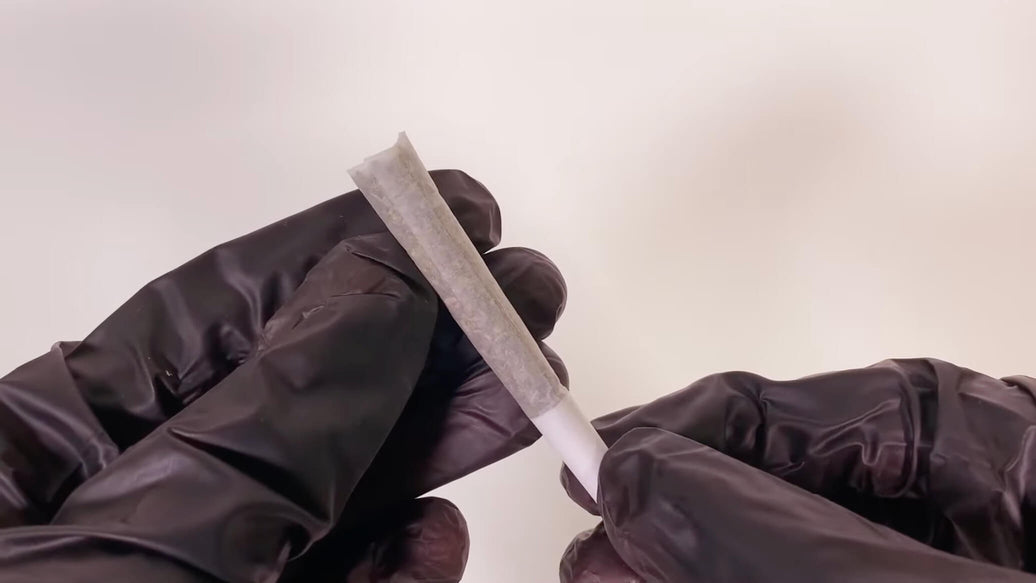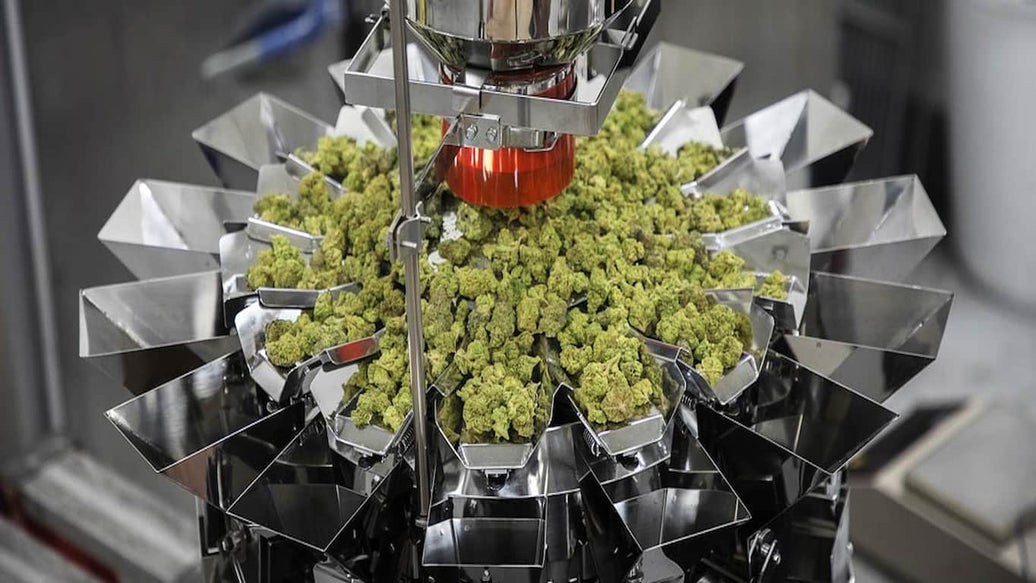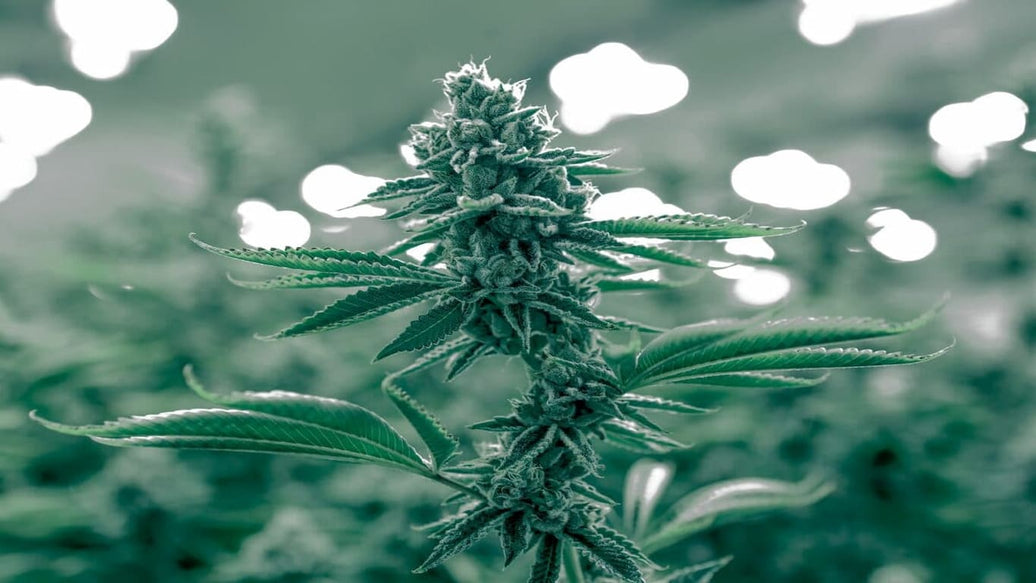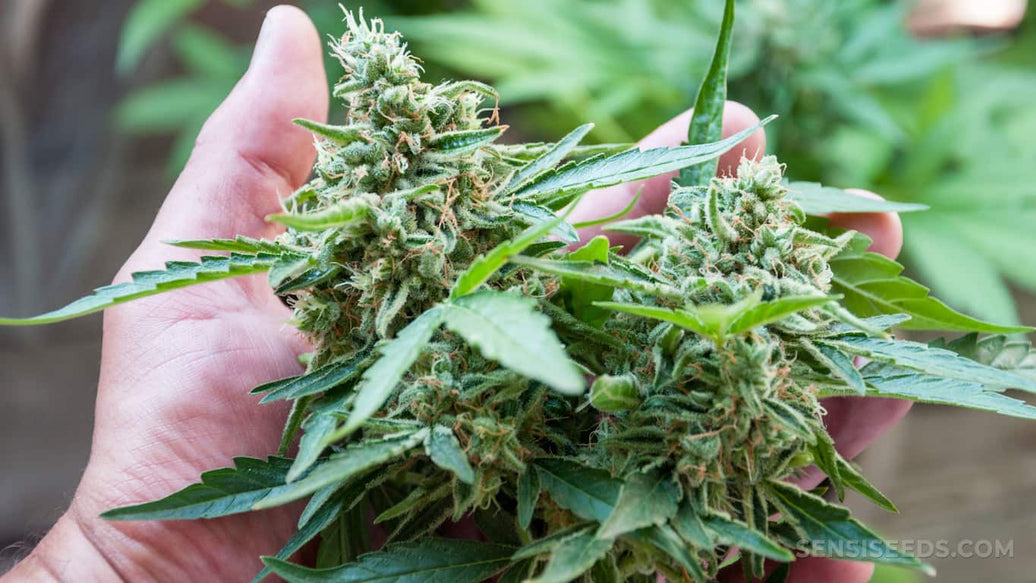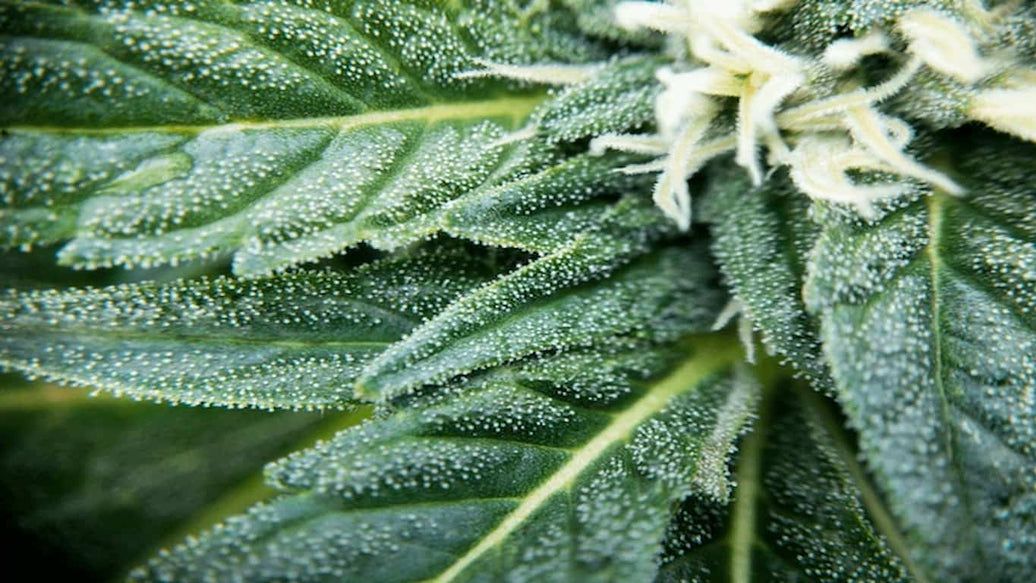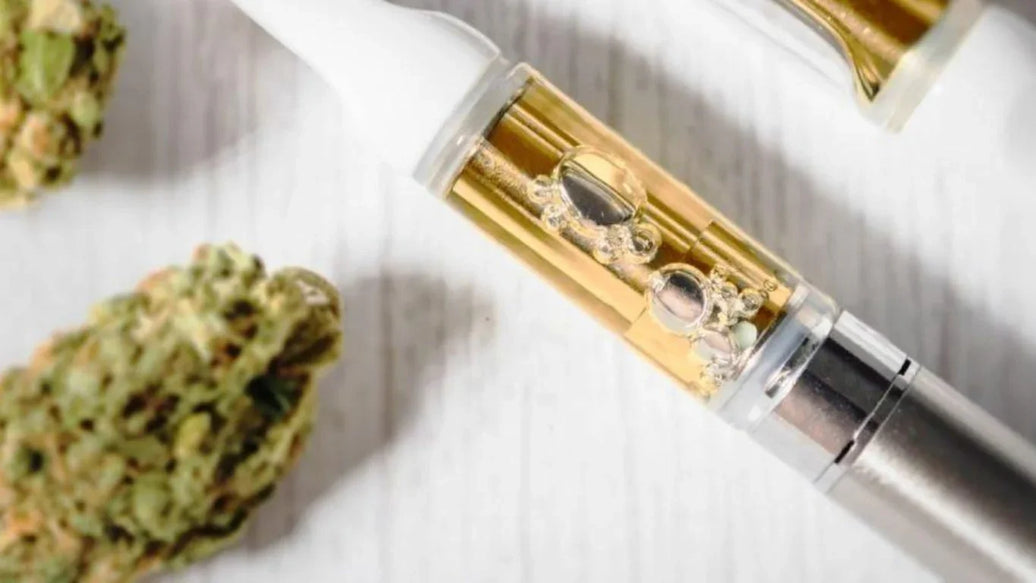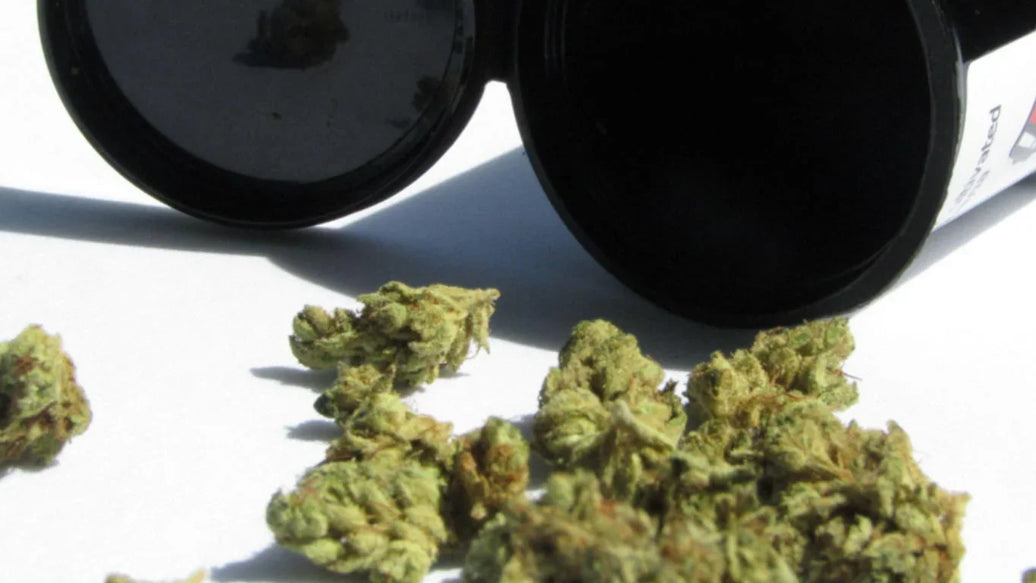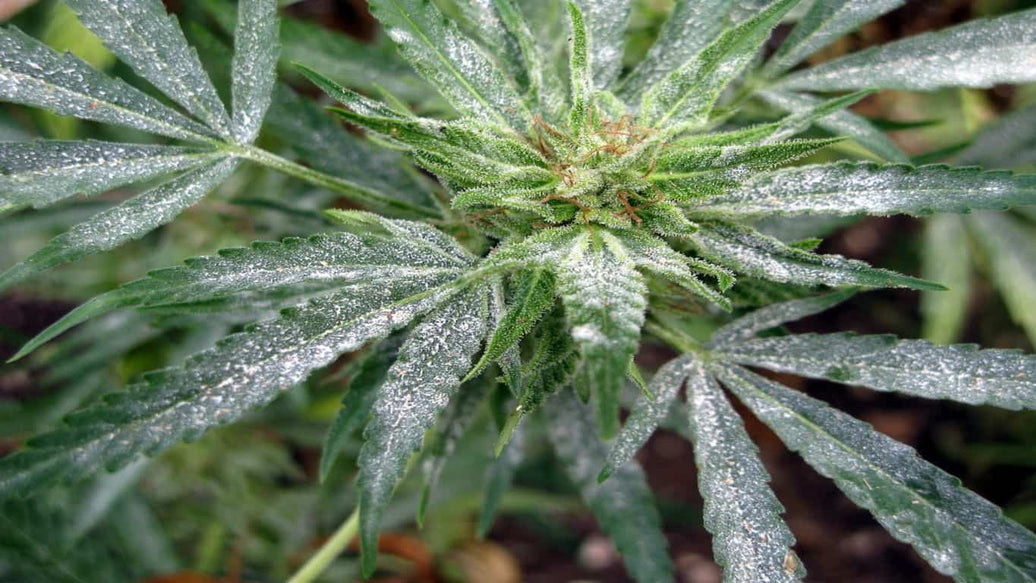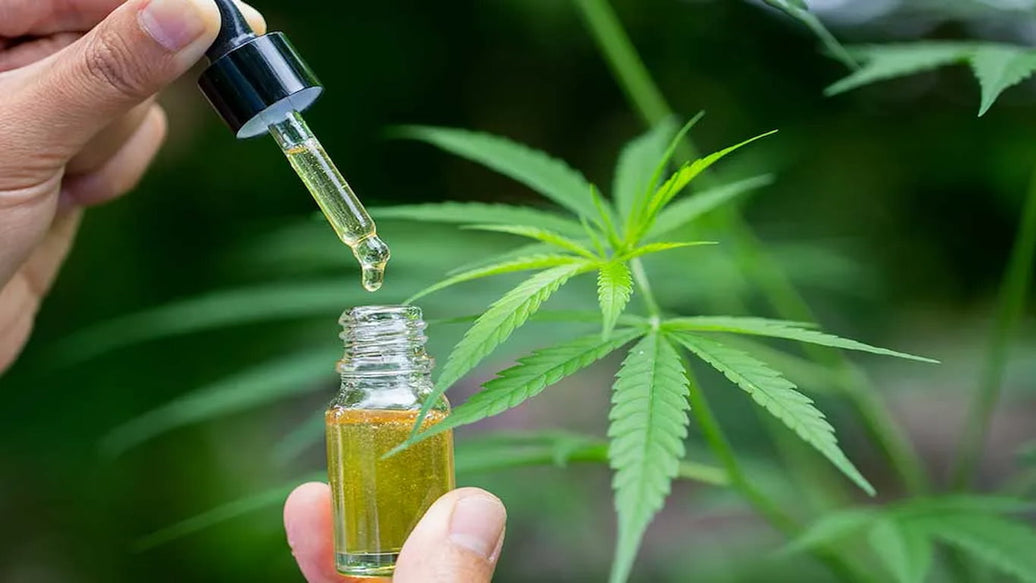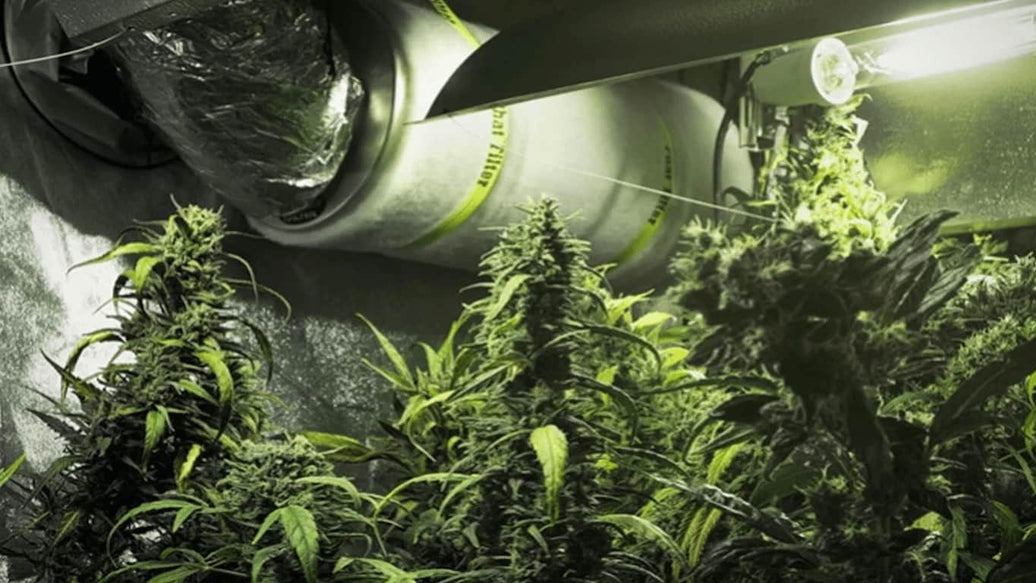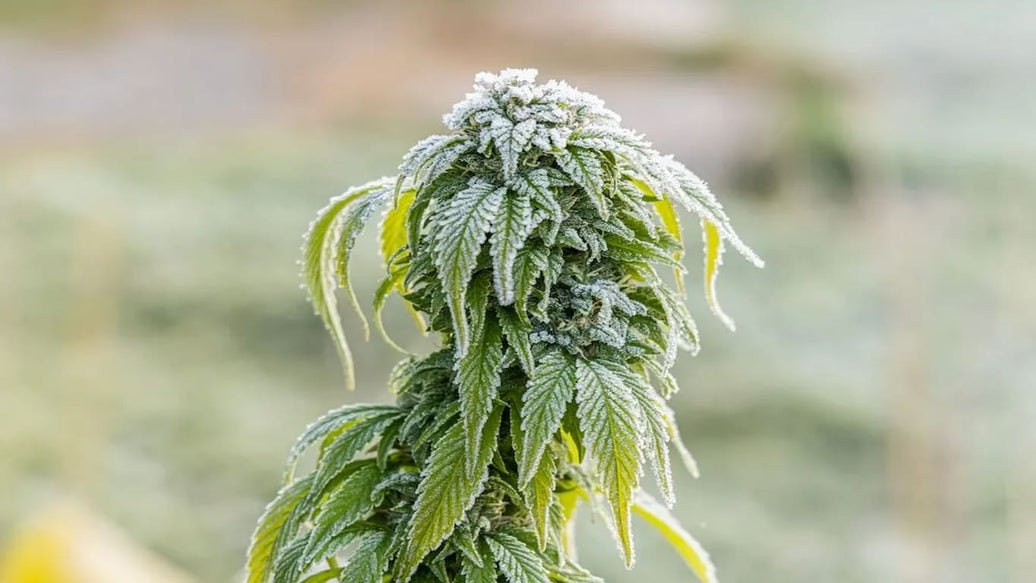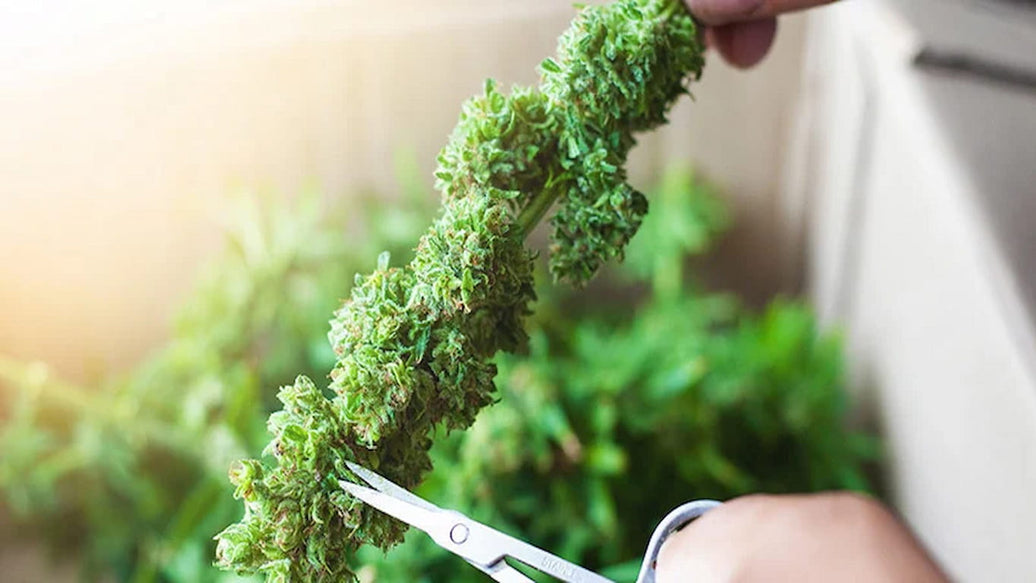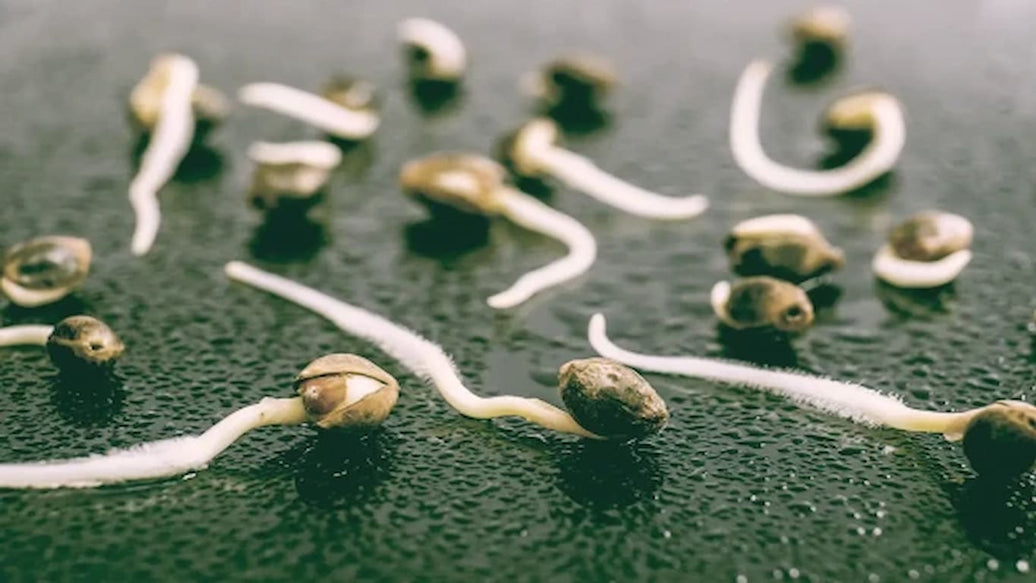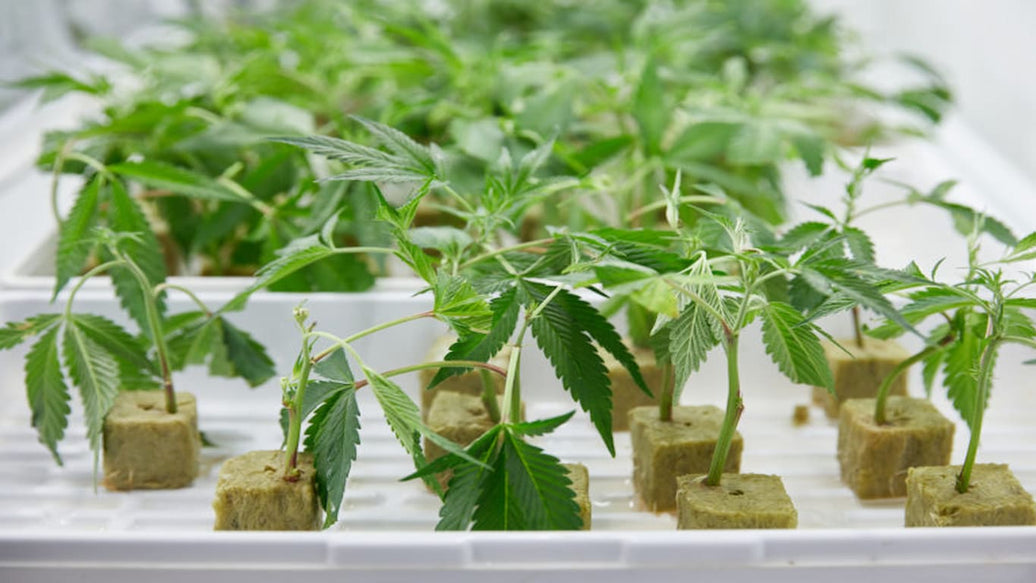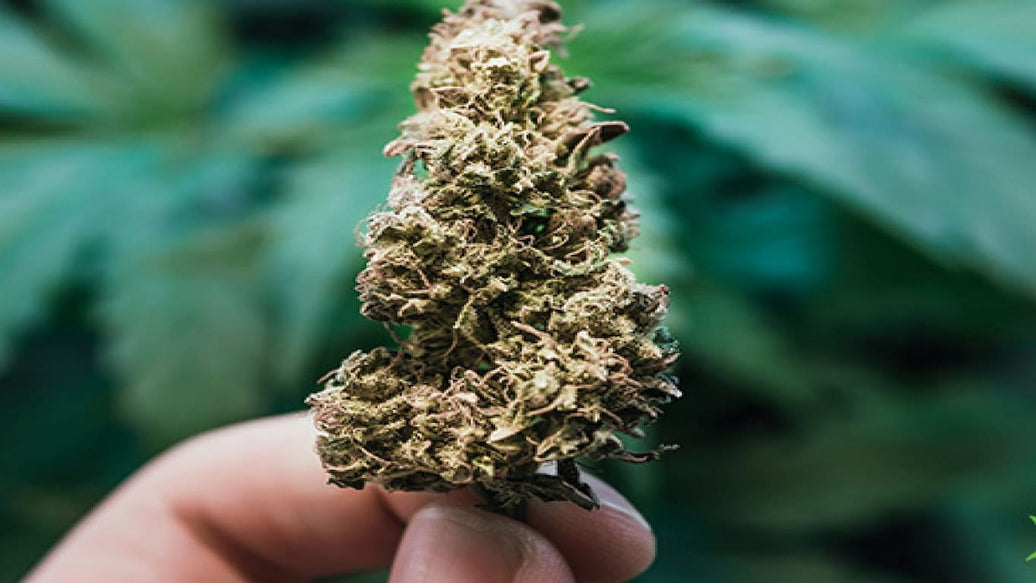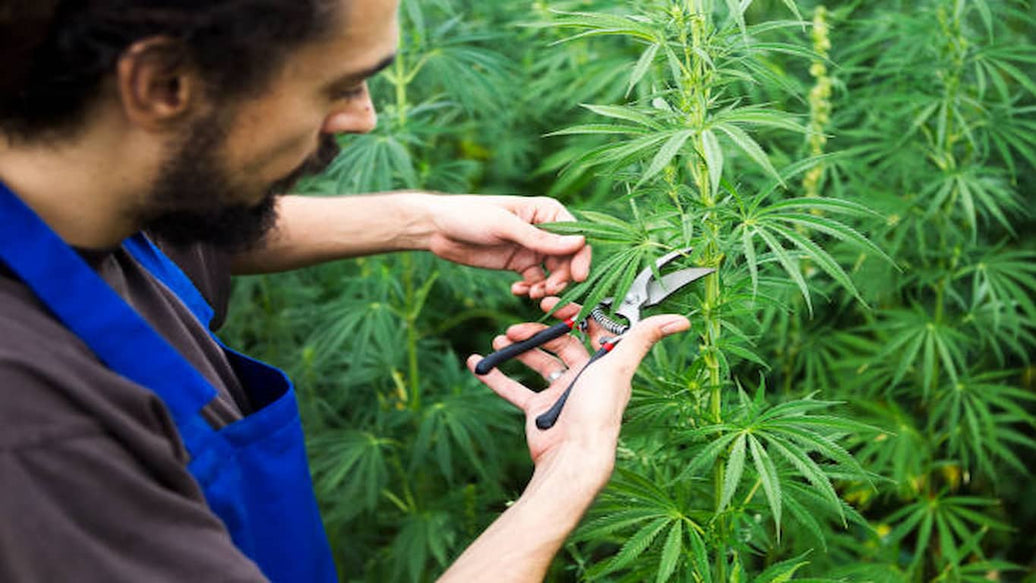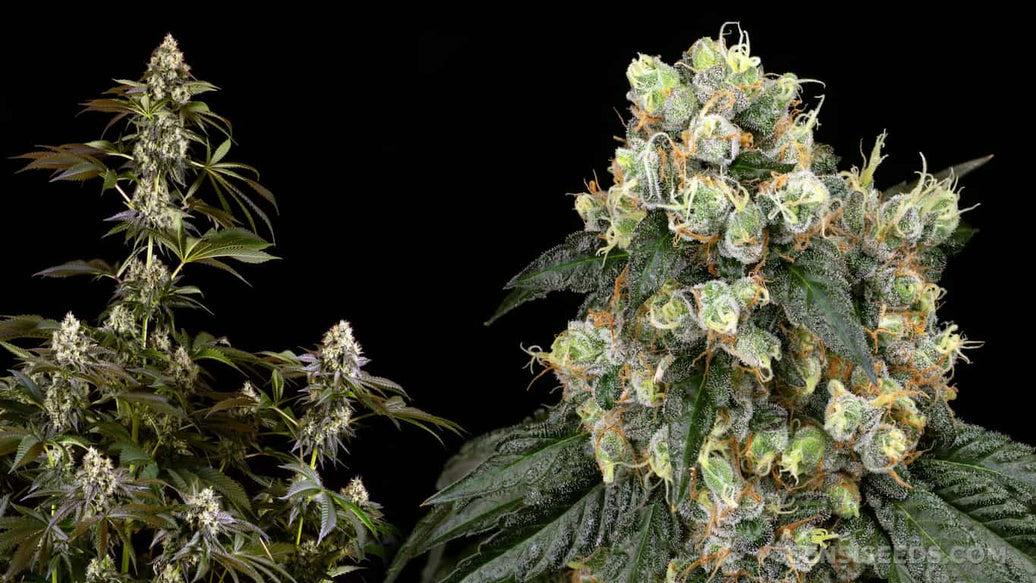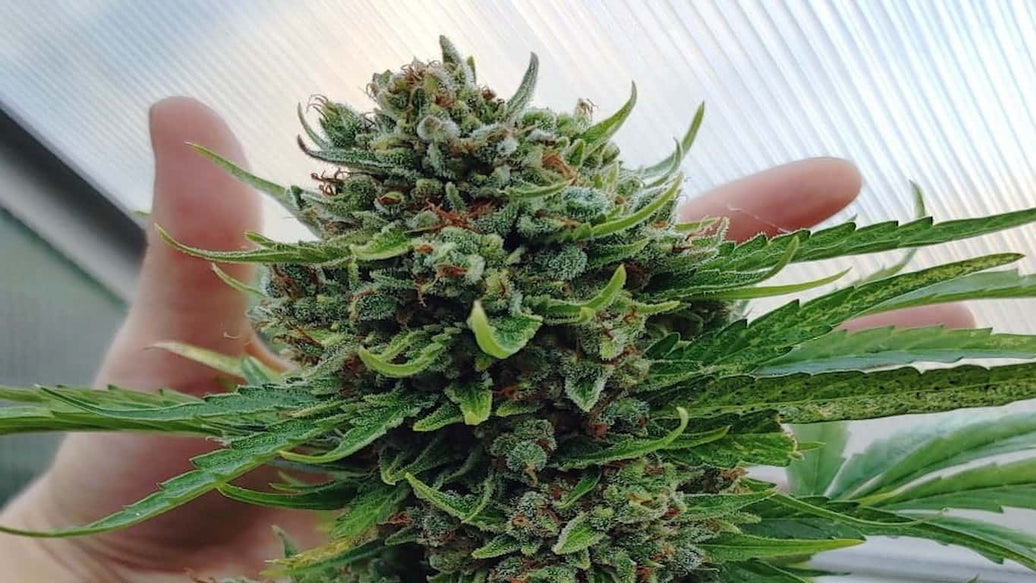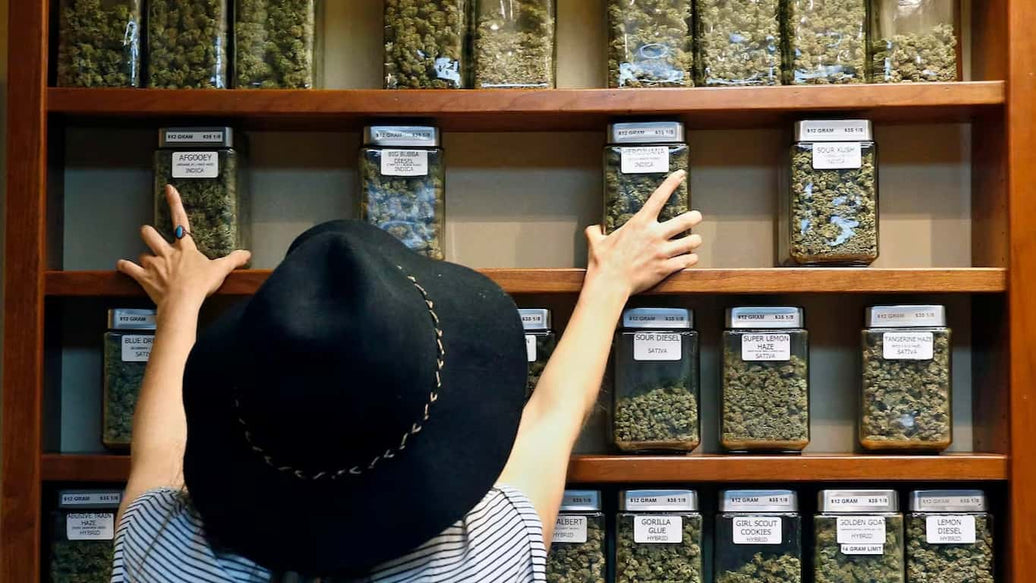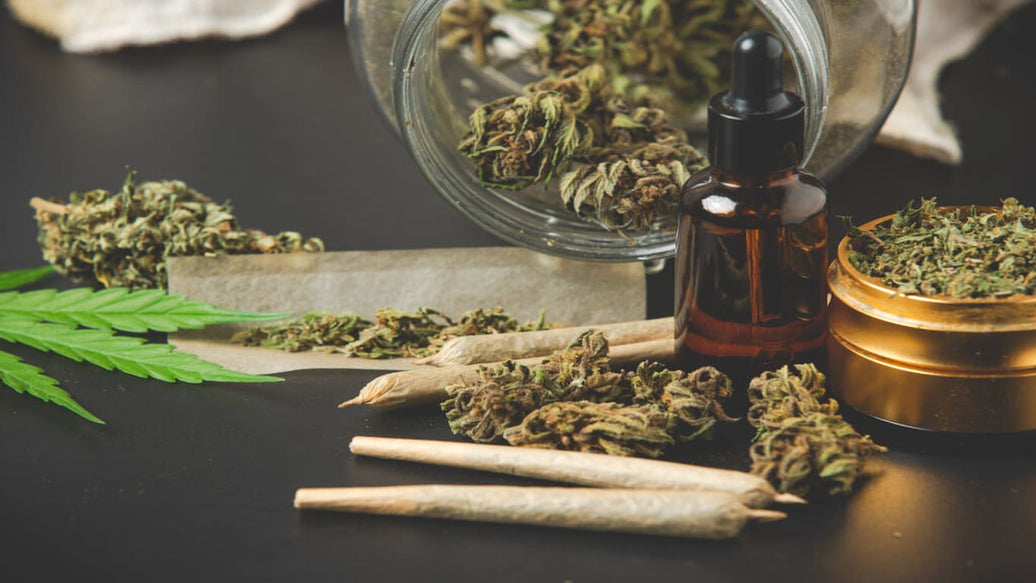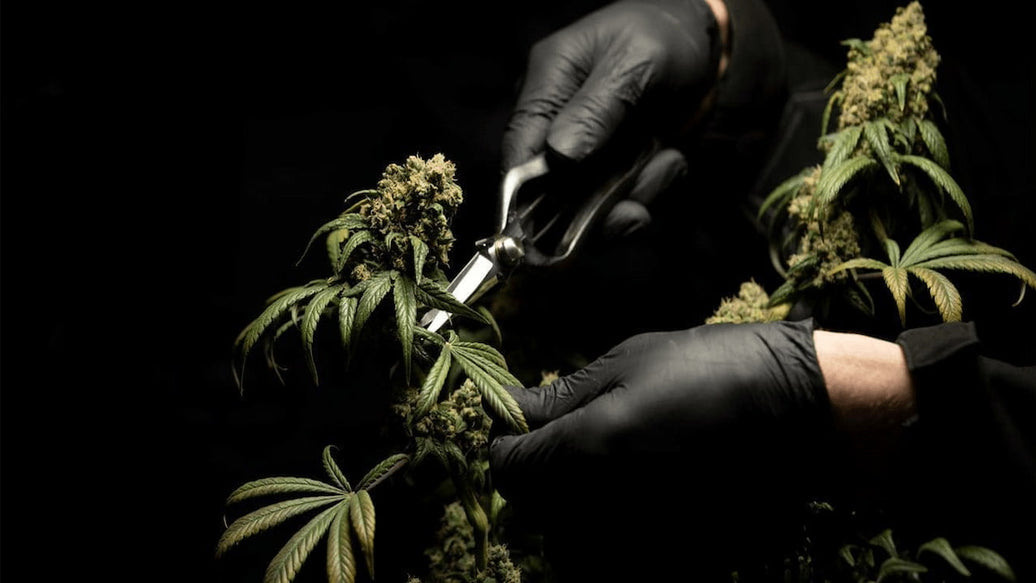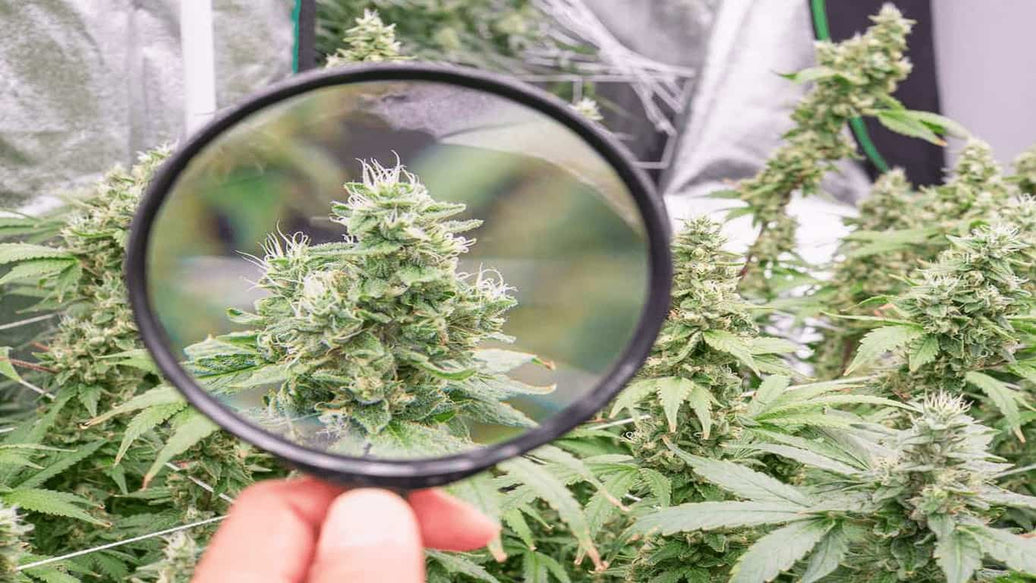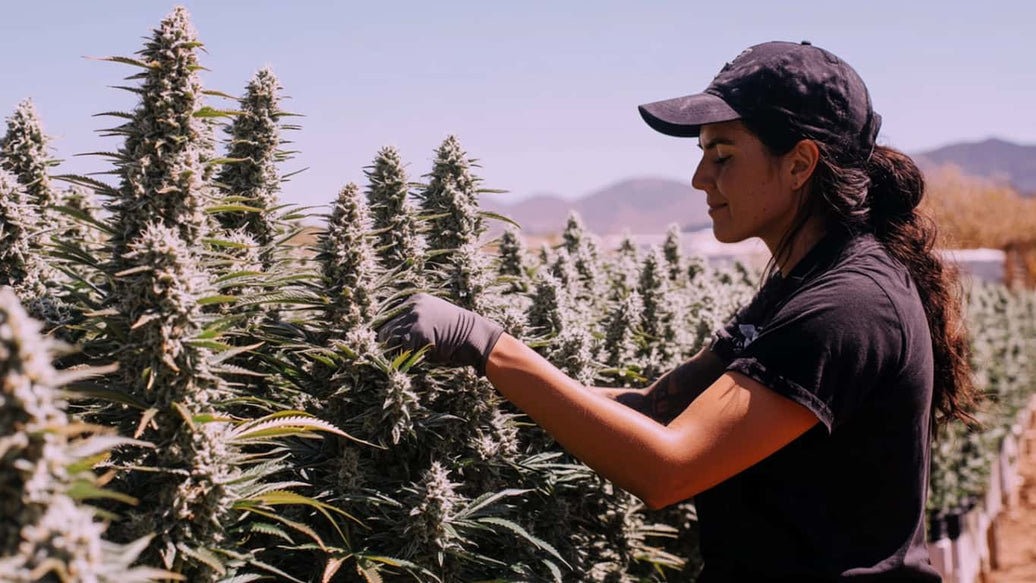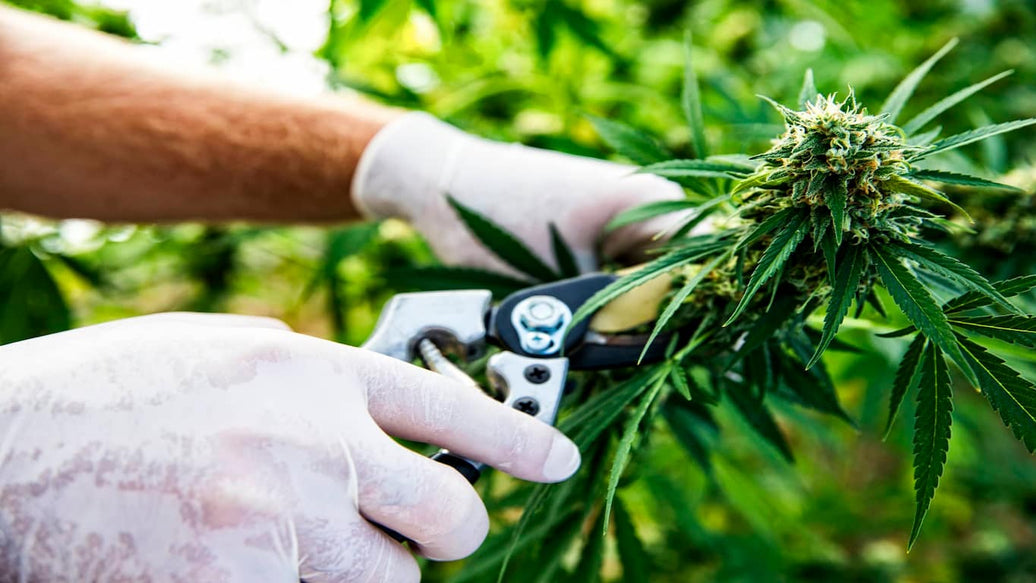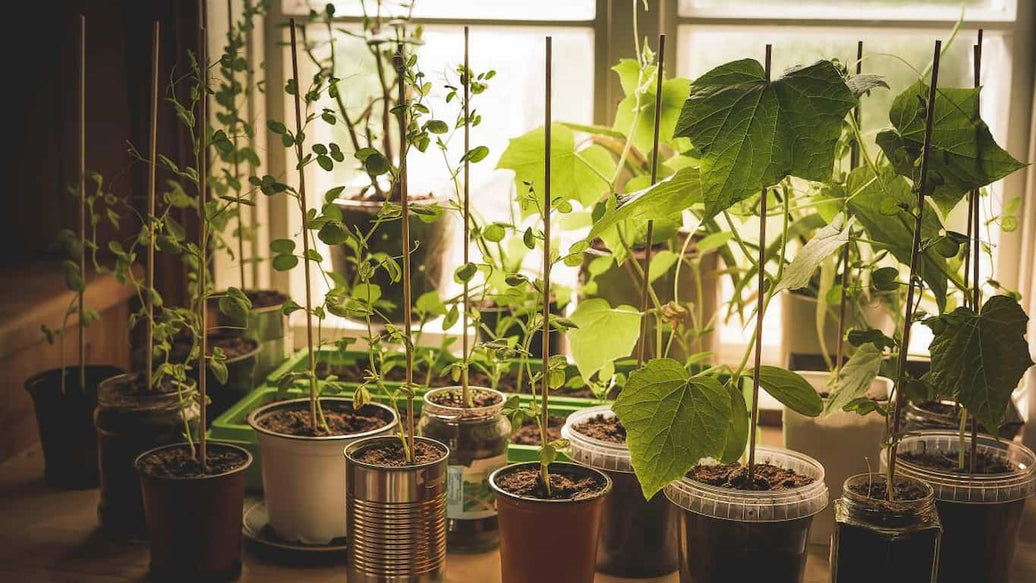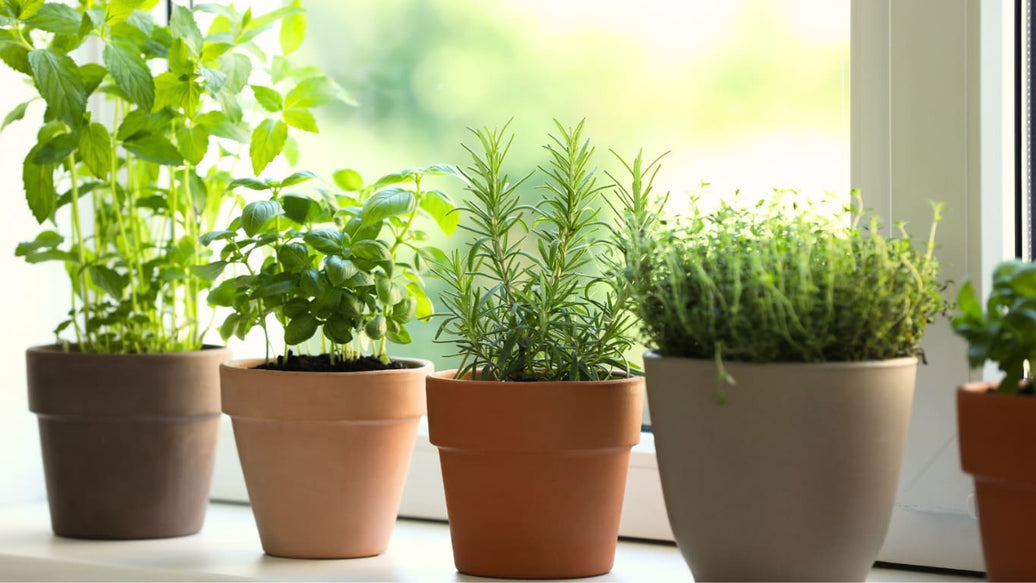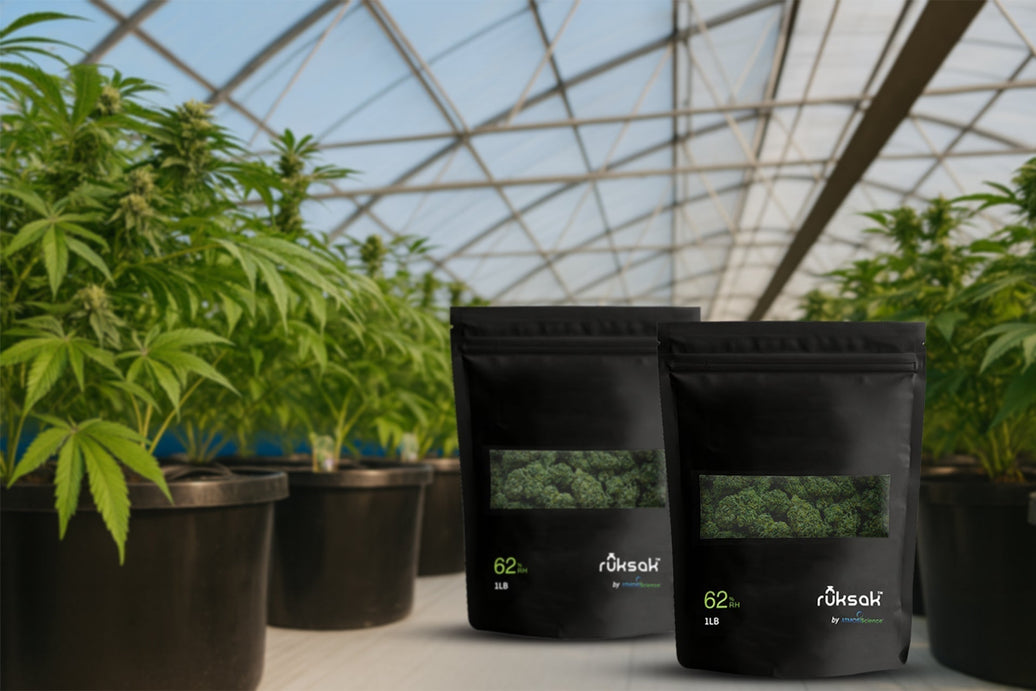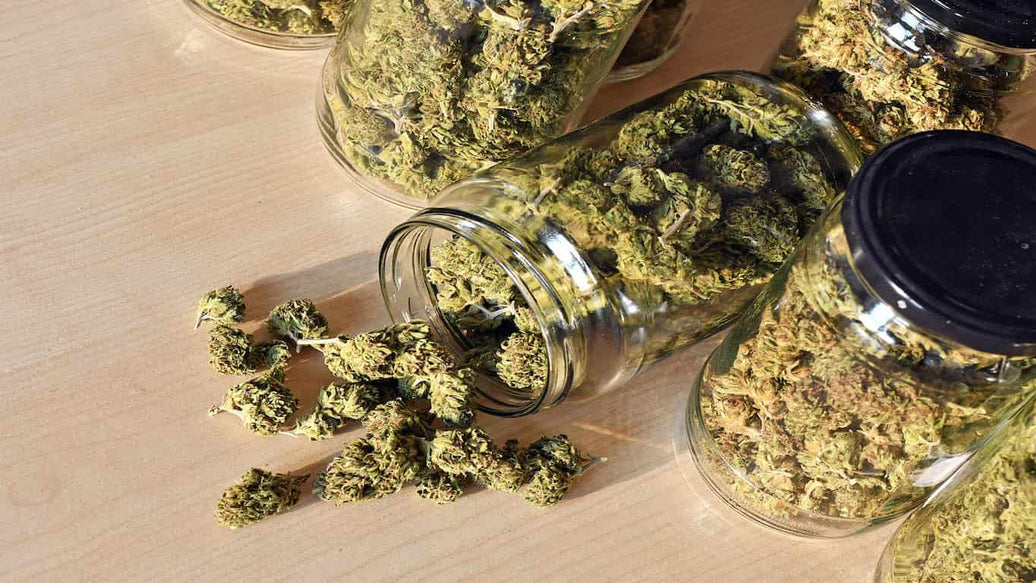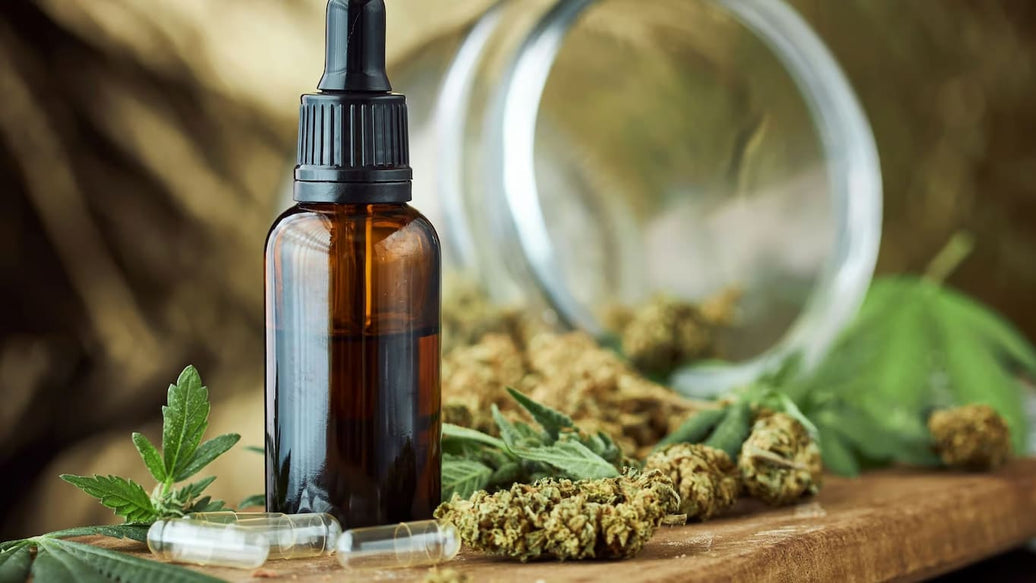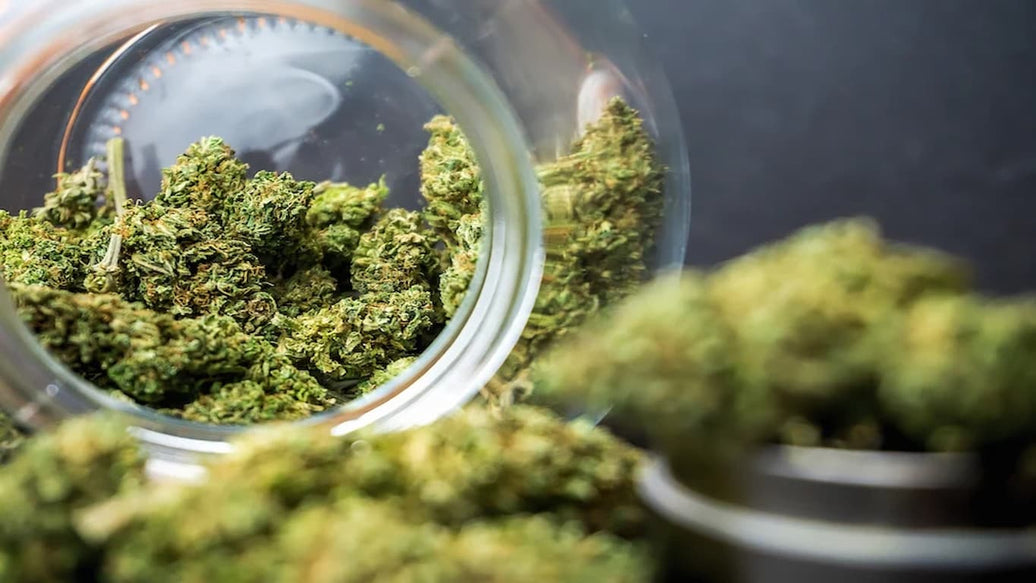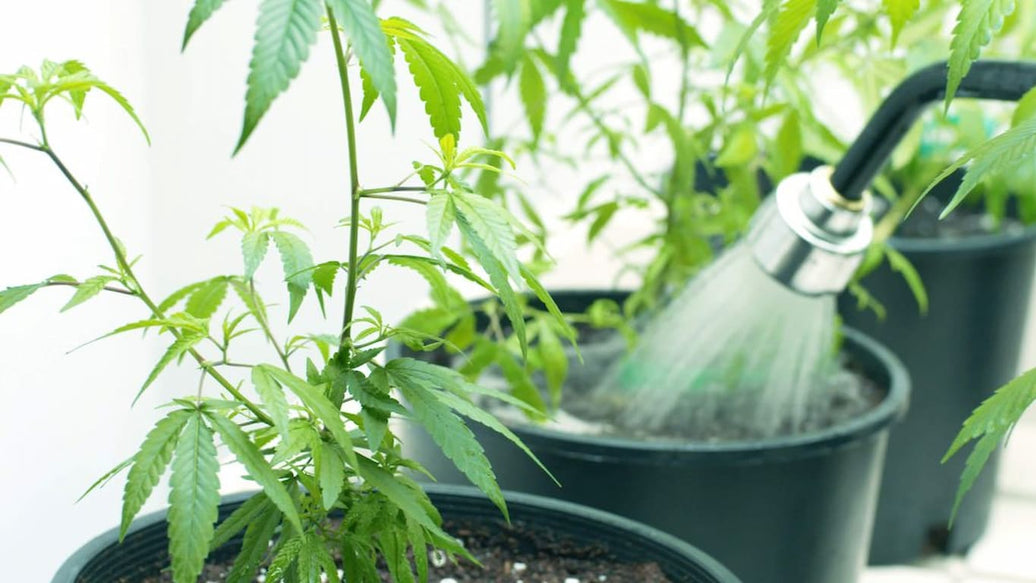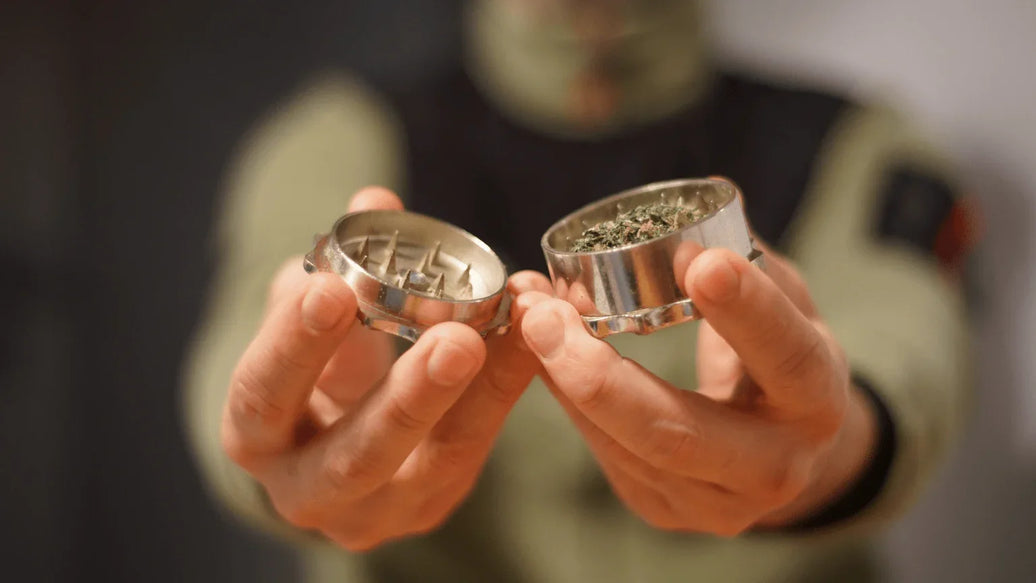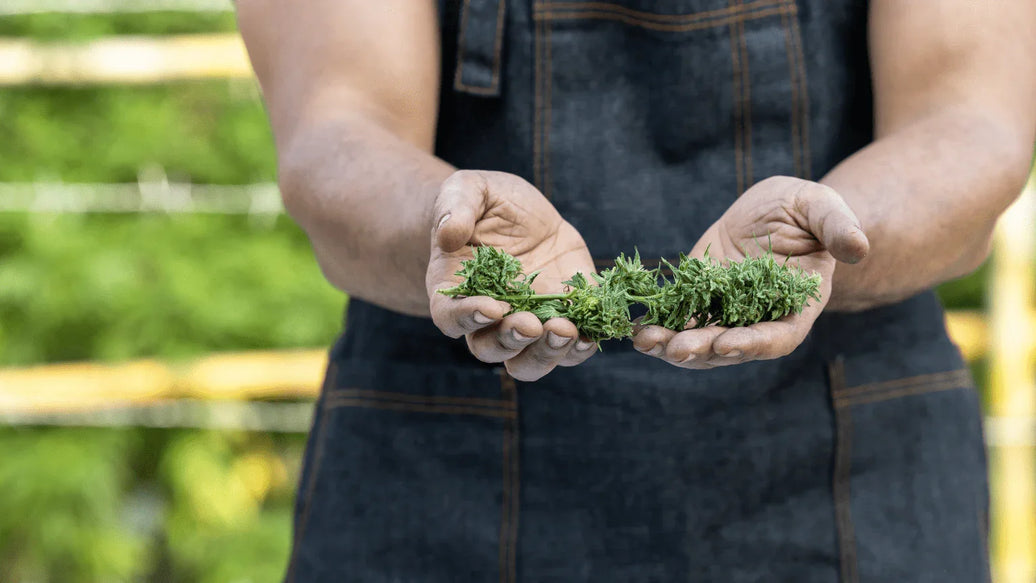Sleep disorders affect about 1 in 3 people worldwide, with clinical insomnia impacting around 10%. As cannabis legalization expands, many turn to cannabis for sleep. Improving sleep ranks among the top reasons people consume cannabis. This blog provides evidence-based insight into cannabis and sleep, highlights the best cannabis for sleep strains and compounds, and explains how proper cannabis storage preserves potency for maximum benefit.

How cannabis interacts with sleep
The human body's endocannabinoid system governs various functions, including the sleep-wake cycle. THC and CBD - the main active compounds in cannabis - interact with cannabinoid receptors in the brain to influence sleep.
THC primarily promotes sedation by binding to CB1 receptors, increasing adenosine, a sleep-inducing neurotransmitter. This leads to faster sleep onset and deeper slow-wave sleep. Conversely, high CBD doses (over 160 mg) can reduce anxiety and promote relaxation, enhancing sleep quality.
A 2025 systematic review published in Sleep Medicine Reviews found mixed results on cannabis's impact on sleep architecture but confirmed that THC helps reduce sleep latency and increase deep sleep stages in the short term. However, tolerance to these effects may develop with chronic use, and withdrawal can cause sleep disturbances (Babson et al., 2025).
Best cannabis for sleep: Strain types and cannabinoid profiles
When evaluating the best cannabis for sleep, strain type matters significantly. Indica strains typically contain higher CBD levels, possess myrcene-dominant terpene profiles, and deliver consistently sedative effects. Sativa strains feature higher THC concentrations and generally produce energizing rather than sleep-promoting effects,
Indica strains, typically high in CBD and myrcene terpene, deliver more reliable sedative effects compared to sativa strains, which are often energizing. Popular indica strains for sleep include Granddaddy Purple, Northern Lights, Bubba Kush, and Do-Si-Dos.

Discover more: 5 Cannabis Strains for Anxiety & Stress Relief
The THC and CBD ratio is equally important. Clinical evidence supports THC to CBD ratios of approximately 10-15 mg THC combined with 15-20 mg CBD as optimal. However, recent 2024-2025 research reveals that THC combined with CBN (cannabinol) actually outperforms CBD alone for sleep quality.
CBN, an emerging sleep-focused cannabinoid derived from aged THC, represents a significant breakthrough in cannabis for sleep science. The first objective study demonstrating CBN effectiveness showed that 30-300 mg doses increased both NREM and REM sleep comparable to pharmaceutical options like zolpidem. Unlike THC, which builds tolerance, CBN appears to maintain efficacy with chronic use—a critical advantage for long-term cannabis and sleep applications.
Cannabis and sleep disorders: Clinical evidence
A longitudinal study of 124 patients over 18 months demonstrated sustained sleep improvement with cannabis use, alongside reduced anxiety and depression (Johnson et al., 2023). Research involving over 3,100 sleep apnea patients reported that 40% experienced significant sleep quality improvements, though the American Academy of Sleep Medicine urges caution due to inconsistent results.
PTSD-related nightmares improve with cannabis by reducing REM sleep - a phase where vivid dreams occur. Over 90% of veterans using cannabis for sleep report improved life satisfaction, mainly due to better sleep (Miller et al., 2022).

Terpenes: The secret to sleep-promoting cannabis
Beyond cannabinoids, cannabis terpenes - aromatic compounds creating flavor and aroma - significantly influence sleep outcomes. The "entourage effect" describes how terpenes and cannabinoids work synergistically, with combined effects exceeding individual components.
Myrcene is the most abundant cannabis terpene and demonstrates the strongest sleep-promoting properties. Research showed myrcene increased barbiturate-induced sleep duration by 2-3 times. Common myrcene-rich strains like Northern Lights and Bubba Kush consistently rank as best cannabis for sleep options.
Linalool, responsible for lavender's characteristic scent, reduces tension and anxiety while promoting sleep onset. Pinene increases NREM sleep while reducing anxiety and morning grogginess. Caryophyllene, the spicy-scented terpene, alleviates pain and stress—both factors that disrupt sleep quality.
Understanding these cannabis terpenes empowers users to select the best cannabis for sleep based on chemical composition rather than marketing claims alone. Learn more about cannabis terpenes in our detailed guide on terpene science.
Cannabis storage: Preserving sleep-promoting potency
The efficacy of cannabis for sleep fundamentally depends on proper storage, as cannabinoids and terpenes degrade under suboptimal conditions. Improper storage causes 10-50% potency loss within 6 months - potentially rendering ineffective what was originally the best cannabis for sleep.
Temperature control is critical. The optimal range of 60-70°F (15-21°C) prevents both THC degradation and terpene volatilization. Long-term storage benefits from refrigeration at 4°C (39°F), extending shelf life significantly.
Humidity represents the most consequential storage variable. The ideal cannabis humidity range of 59-63% relative humidity maintains cannabinoid stability without promoting microbial growth. Cannabis stored below 55% RH becomes brittle; above 65% invites mold.
Explore our blog: Mastering Cannabis Best Humidity for Potency and Longevity
Light exposure degrades cannabinoids rapidly. UV rays accelerate THC conversion to CBN. Storing cannabis in dark, opaque containers - preferably UV-blocking glass - preserves cannabinoid profiles essential for cannabis for sleep efficacy.
Airtight containers prevent oxygen penetration, which catalyzes cannabinoid oxidation. Industry-standard glass jars with airtight seals are superior to plastic bags or clear containers.
For optimal preservation, consider ATMOSIScience’s premium Humidi-Cure® 2-way Humidity Control Packs, which maintain the perfect 62% RH. For bulk storage, use the durable, smell-proof 1 lb ruksak humidity control bags, made for maintaining freshness up to 12 months. For enhanced sealing, our ATMOSIScience liners improve airtight seals, preventing contamination and external moisture fluctuations.

Practical recommendations for cannabis-assisted sleep
Implementing cannabis for sleep successfully requires thoughtful strain selection and dosing. First-time users should begin with low THC doses (5-10 mg) when selecting indica or indica-hybrid strains with myrcene-dominant profiles.
Consumption timing matters: inhaled cannabis typically takes 30-60 minutes for effects; edibles require 1-2 hours but better sustain sleep. Smoking provides rapid onset but shorter duration (3-4 hours), while edibles deliver extended effects (6-8+ hours), supporting uninterrupted sleep.
Users should monitor tolerance, common with chronic THC use. Rotating strains or taking periodic breaks helps maintain cannabis and sleep efficacy. Those discontinuing use may experience temporary sleep disturbances and vivid dreams—withdrawal effects usually resolve within 1-2 weeks.

Conclusion
Cannabis for sleep shows evidence-supported potential, especially for insomnia and anxiety-related sleep disorders. Success depends on understanding THC and CBD combinations, cannabis terpenes like myrcene, and choosing appropriate strains.
Crucially, proper cannabis storage preserves product potency. Maintaining optimal temperature, humidity, darkness, and airtight conditions ensures your best cannabis for sleep retains its therapeutic compounds.
By combining cannabinoid science, strain insights, terpene profiles, and top-notch storage solutions like those from ATMOSIScience, users can achieve restorative, high-quality sleep tailored to individual needs.

